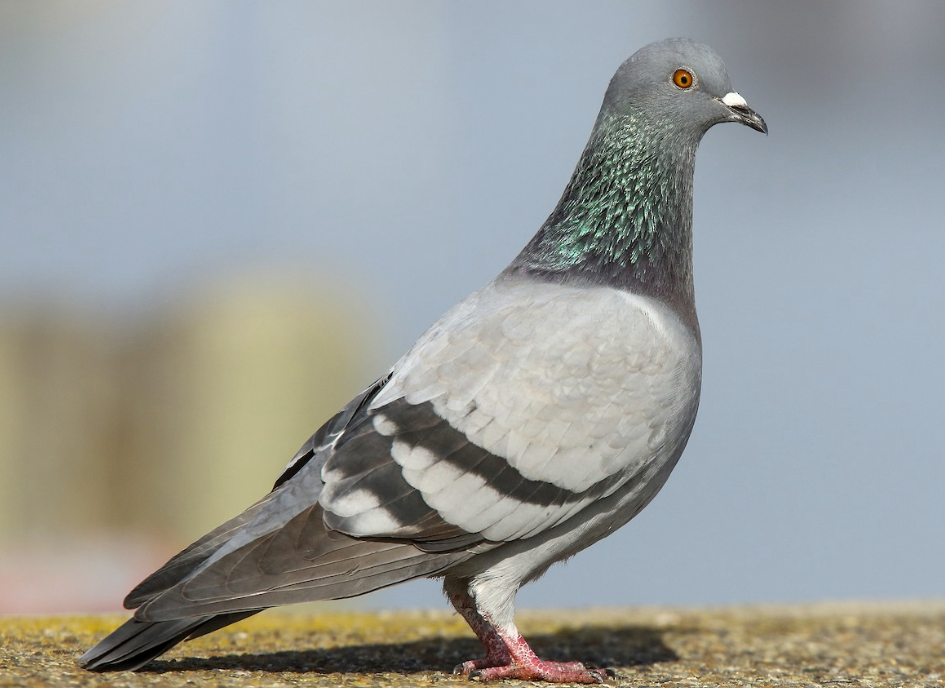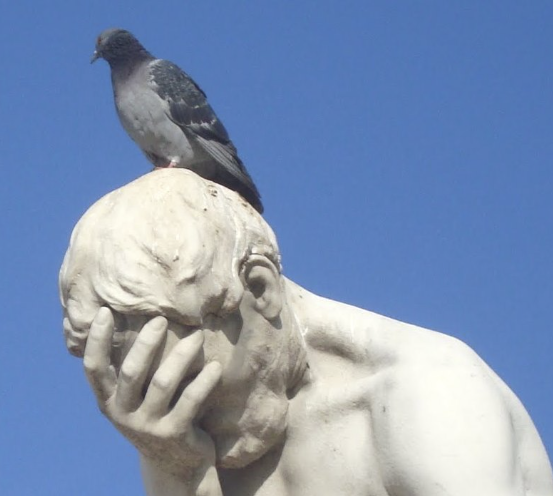Once you fill in this form, we will get in touch with you shortly, assess and solve your bird problem in the most effective way.
Once you fill in this form, we will get in touch with you shortly, assess and solve your bird problem in the most effective way.
Once you fill in this form, we will get in touch with you shortly, assess and solve your bird problem in the most effective way.
Once you fill in this form, we will get in touch with you shortly, assess and solve your bird problem in the most effective way.
March 29, 2023 View:
When it comes to the most common birds, pigeons can definitely be in the top three. Pigeons have had a long and complex relationship with human life throughout history.

Domestication: Pigeons were one of the first birds to be domesticated by humans, as early as 10,000 years ago in the Middle East. Domesticated pigeons were used for food, messenger services, and as pets.
Messenger pigeons: Pigeons were used as messenger birds throughout history, particularly during wartime. They were able to carry messages over long distances quickly and reliably.
Racing pigeons: Pigeon racing is a popular sport in many parts of the world. Racing pigeons are trained to fly long distances, and their speed and endurance are tested in races.
Cultural symbolism: Pigeons have been used in art, literature, and mythology for centuries. They are often associated with peace, love, and purity.
Pest control: Pigeons can also be seen as pests in urban areas, as they can create large amounts of droppings and damage buildings. In some places, measures are taken to control their population.
Along with human development, pigeons have played a significant role in history and continue to be a familiar sight in many cities around the world. At the same time, they are distributed in almost all regions of the world. There are over 300 species of pigeons and doves (collectively called columbids) distributed throughout the world, with the exception of the polar regions and some remote oceanic islands.
Some of the most common and widespread species include:

Rock Pigeon (Columba livia): Native to Europe, North Africa, and southwestern Asia, but has been introduced and naturalized in many parts of the world, including North America, South America, Australia, and New Zealand.
Mourning Dove (Zenaida macroura): Native to North and Central America, but has also been introduced in Hawaii and parts of the Caribbean.
Eurasian Collared Dove (Streptopelia decaocto): Native to Europe and Asia, but has rapidly expanded its range and is now found in many parts of the world, including North America, South America, Africa, and Australia.
Spotted Dove (Spilopelia chinensis): Native to southern and southeastern Asia, but has been introduced and established in many parts of the world, including Africa, Australia, and North America.
Nicobar Pigeon (Caloenas nicobarica): Native to the Nicobar Islands in the Indian Ocean, but also found in other islands in the region.
Victoria Crowned Pigeon (Goura victoria): Native to New Guinea and surrounding islands.
White-crowned Pigeon (Patagioenas leucocephala): Native to the Caribbean and the Yucatan Peninsula.
African Olive Pigeon (Columba arquatrix): Native to sub-Saharan Africa.
Because of their wide distribution and close contact with humans in daily life, pigeons have also become a major bird problem for urban residents.
Health hazards: Pigeon droppings can carry a variety of diseases, including histoplasmosis, cryptococcosis, and psittacosis. Exposure to pigeon droppings can cause respiratory problems and other health issues, particularly in people with weakened immune systems.
Property damage: Pigeon droppings can corrode building materials, particularly metals. The accumulation of droppings on buildings, sidewalks, and other surfaces can also be unsightly and difficult to remove.
Nuisance behavior: Pigeons can be noisy, particularly in large flocks. They can also be aggressive towards people, particularly if they are protecting their nests.
Transmission of pests: Pigeons can be carriers of pests such as fleas, lice, and mites. These pests can infest buildings and cause additional problems.
Safety hazards: Pigeons can cause safety hazards by building nests in electrical equipment, creating fire hazards, and by creating slippery surfaces on sidewalks and other surfaces with their droppings.

While pigeons can be interesting and even beneficial in some contexts, they can also pose problems in urban areas. It is important to take steps to manage pigeon populations and mitigate the problems they can cause.
Please contact our sales team for more information on laser bird deterrents (sales@laserdeterrent.com or WhatsApp:+8618550596602).)
© Laser Deterrent Technology Company (www.laserdeterrent.com) 2022 | Sitemap